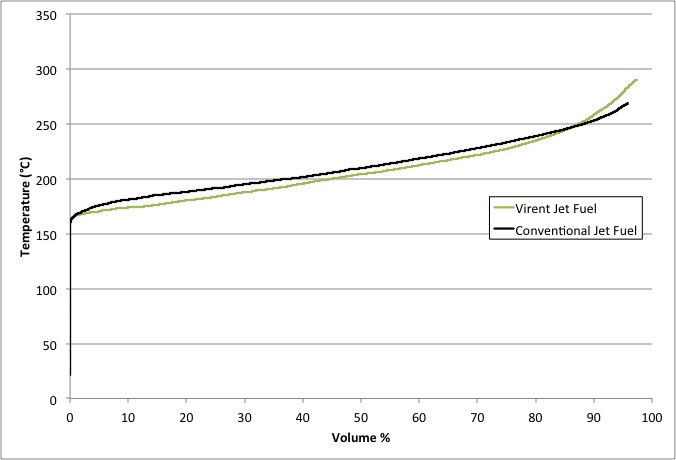

The work done in this study will aid in the selection of suitable aromatic species in future fuels. Meanwhile, the intensity of the swelling effect in the Jet-A1-SHJFCS blends was in the order of 60/40, 85/15 and 50/50 blend. Furthermore, prepared seals had a lower swelling rate than did non-prepared seals. It was observed that the higher the percentage of aromatics in fuel, the higher the rate of swelling. Results indicate that Jet-A1 has the highest swelling effect, followed by SHJFCS and SPK. The swelling effects were determined from the P/P o value. The fuels used were Jet-A1, SPK and SHJFCS, while the aromatic species added were propyl benzene, tetralin and p-xylene.

Meanwhile, three different fuels and aromatic species were utilised as the variables in the experiments. The two types of elastomers investigated were fluorosilicone and nitrile O-rings, which are predominantly used in the aviation industry. Seals were compressed and immersed in a variety of fuels and their blends for about 90h while maintaining a constant temperature 30☌ and constant compression force of 25% seal thickness. Stress relaxation experiments were carried out to evaluate seal compatibility under compression, which mimics engine operation conditions. Thus, to help understand and solve the problem, this study examines the swelling effect of prepared and non-prepared O-rings in different fuels and aromatic species. However, fuel–seal compatibility is one of the major issues that restricts alternative fuel advancement into the market. New alternative jet fuels have provided many advantages in the aviation industry, especially in terms of economics and environment.


 0 kommentar(er)
0 kommentar(er)
